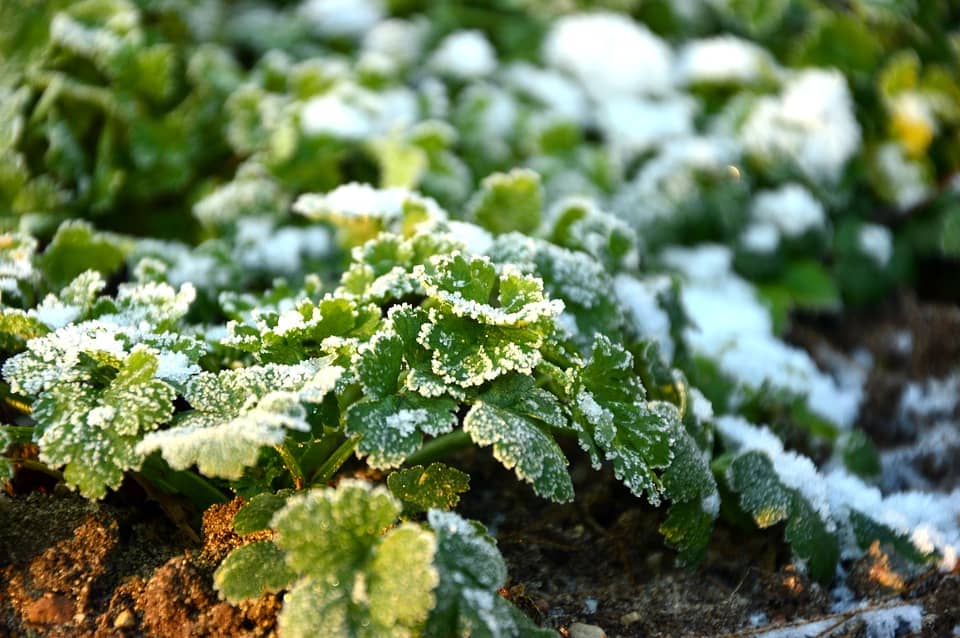What worries most of the gardeners is the threat of frost and freezing weather that harms and damage crops. In this article have compiled a list of units of crop frost protection. . Here is what you need to know about the protection of crops from freezing temperatures.
What is Frost?
Frost is produced during clear still nights when the air temperature reaches freezing point.The surface of the plants goes below freezing point forming ice crystals the same way the dew forms on warmer nights. Some of the common types of frost include the following;
Rime
This occurs when water is formed in liquid form through dew which than freezes. The other type of frost is black frost is not formed, but the plants are damaged. Hoar fast this is feathery white frost that is seen in the chilly morning.
Outlined here below are the best ways of protecting your crops from frost;
Cover the plants before nightfall, hardening off seedlings, protecting all plants with cloches; watering the plants before the frost and covering all fruit-bearing plants. AII these units are effective in controlling plant frost. The other effective method involves using crop fans, orchard frost protection, orchard frost prevention. We will look at each unit closely and understand how it works in preventing the plant from frosts.
Covering The Plants Before Night Fall
When you plant to cover your plants to prevent frost its recommended that it should be done before night falls. For this method it to be effective, plants are covered during the daytime before all the heat stored in your garden evaporates.
The cover you use should extend up to the ground to touch the soil, in case you leave any opening warmth may escape, and crops may be damaged. The following day you should remove the cover to prevent the plant from breaking the seed dormancy. The best covers include the following, inverted bucket, frost cloths, milk jugs, and garden blankets.
Harden Seedlings
This is the process of exposing seedlings in different outdoor conditions. This makes the plants that grow from seedlings grow stronger and survive spring season when frost is usually high. Hardening should be done 14 days before actual planting, place the seed s outside at daytime to expose to warmth at mild weather and protect them from the wind. During nightfall bring them indoors.
Protecting plants with Cloches
Cloches are removable plastic covers that protect the plants from freezing.T hey are also known as bell jars that mostly covers single plants; in some cases, they are large to cover plants in a row. Cloches are placed over the plants before sunset and removed the following day after the frost has thawed.
Watering the plants before Frost
When there is moisture around the plants at night when frost attacks the plants the wet soil release moisture into the air, which raises the temperature and increases warmth around the plants.
Cover Fruit Trees
If you are a farmer who grows fruit trees, this is the best way to protect your plants from frost. Fruit bearing plants have slim barks that are not able to withstand frost splitting when the temperature goes down at a high rate. Raping the trunks with tree wraps prevents this splitting which is caused by frost.

